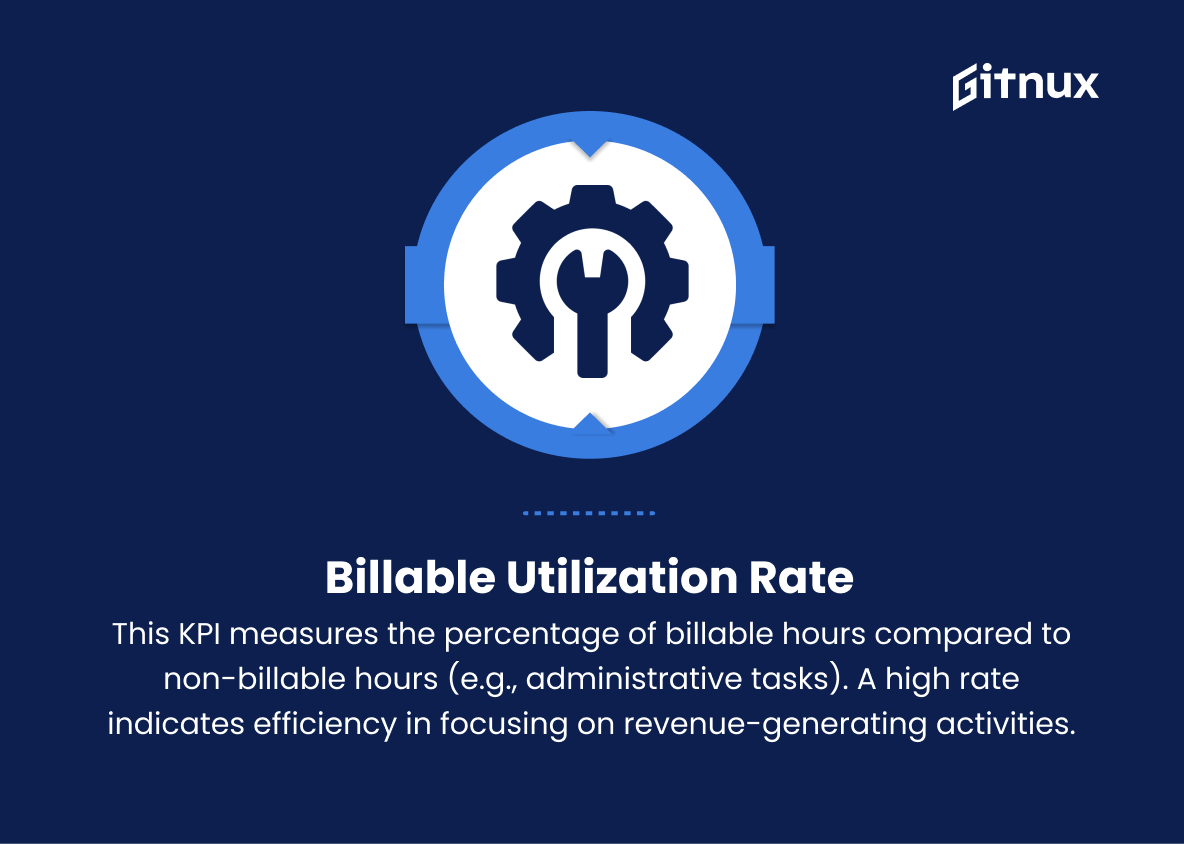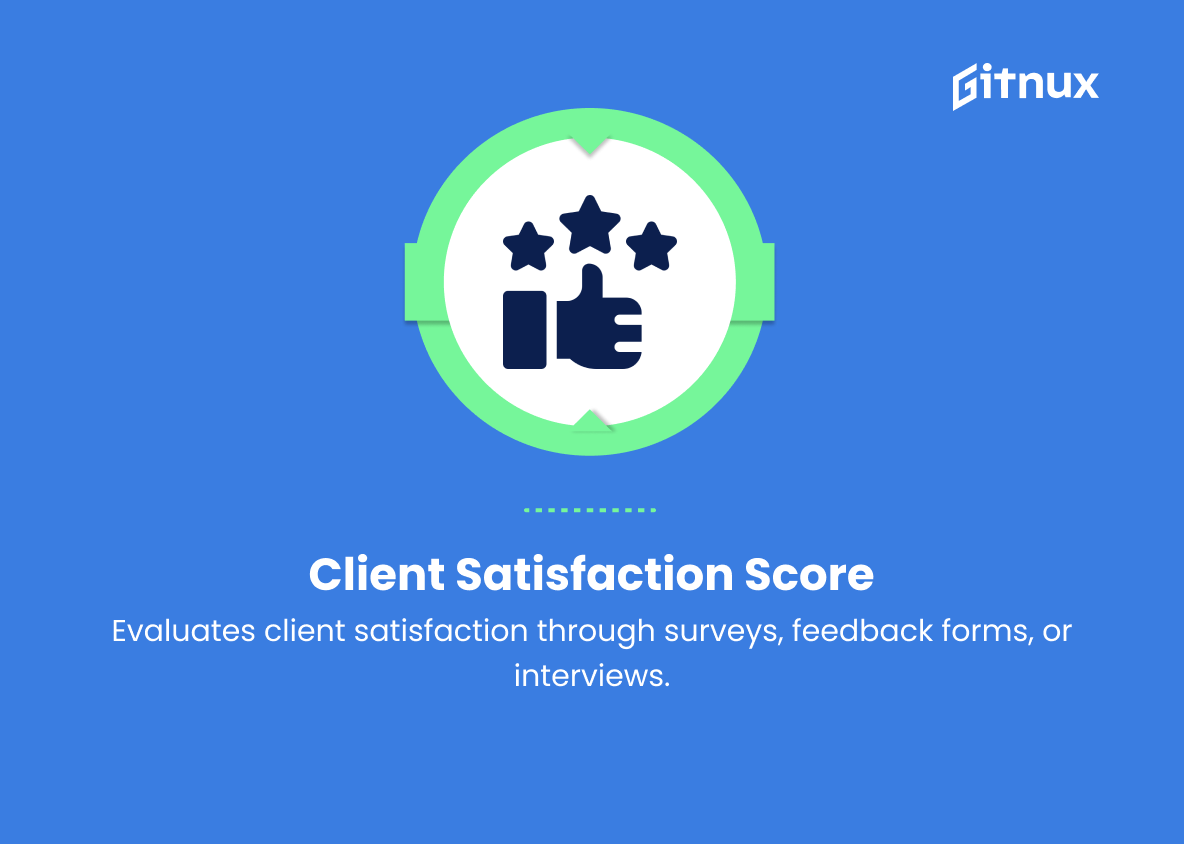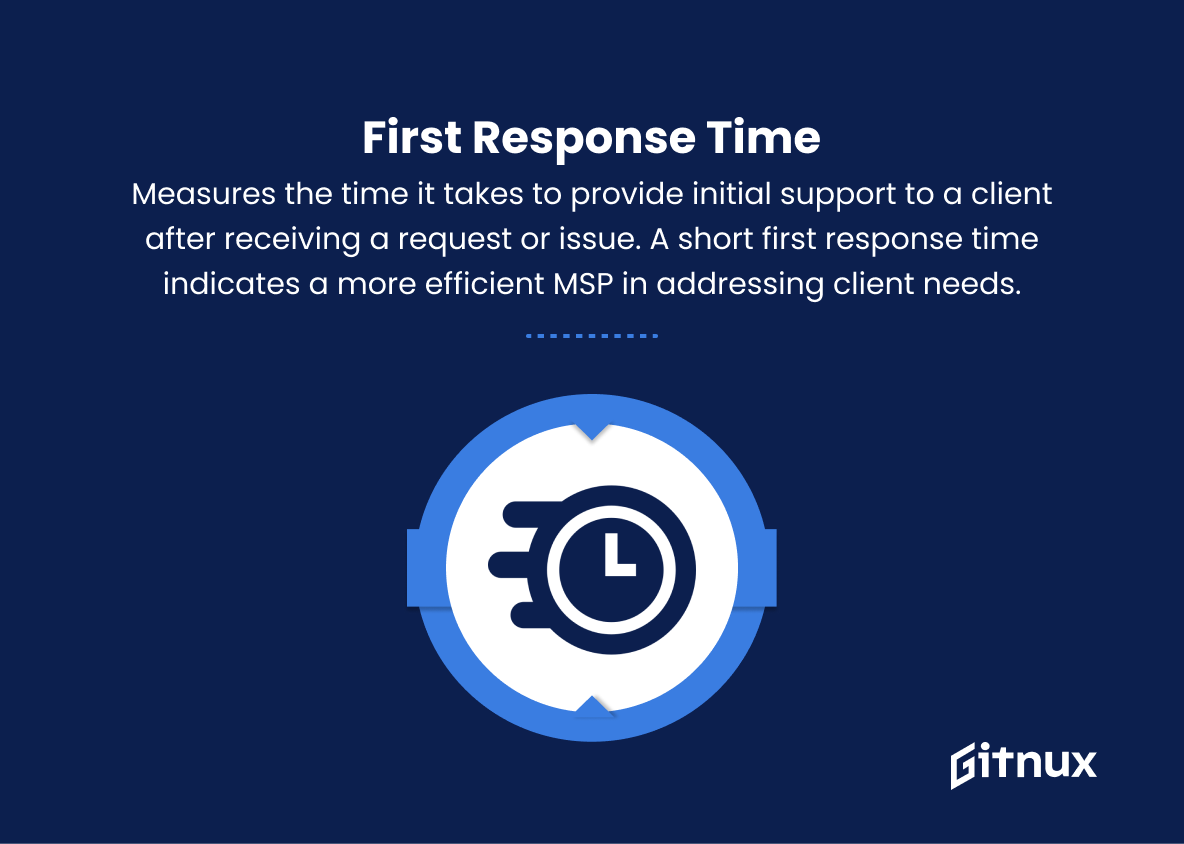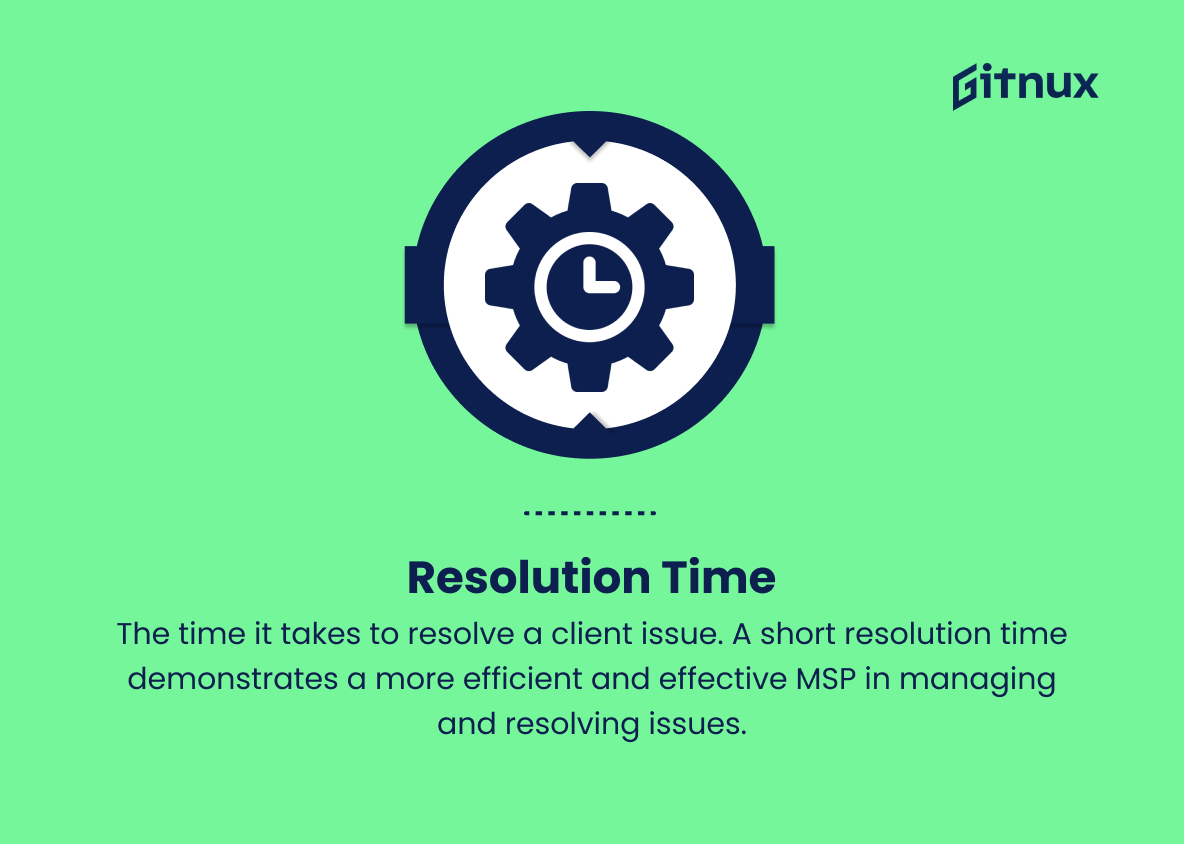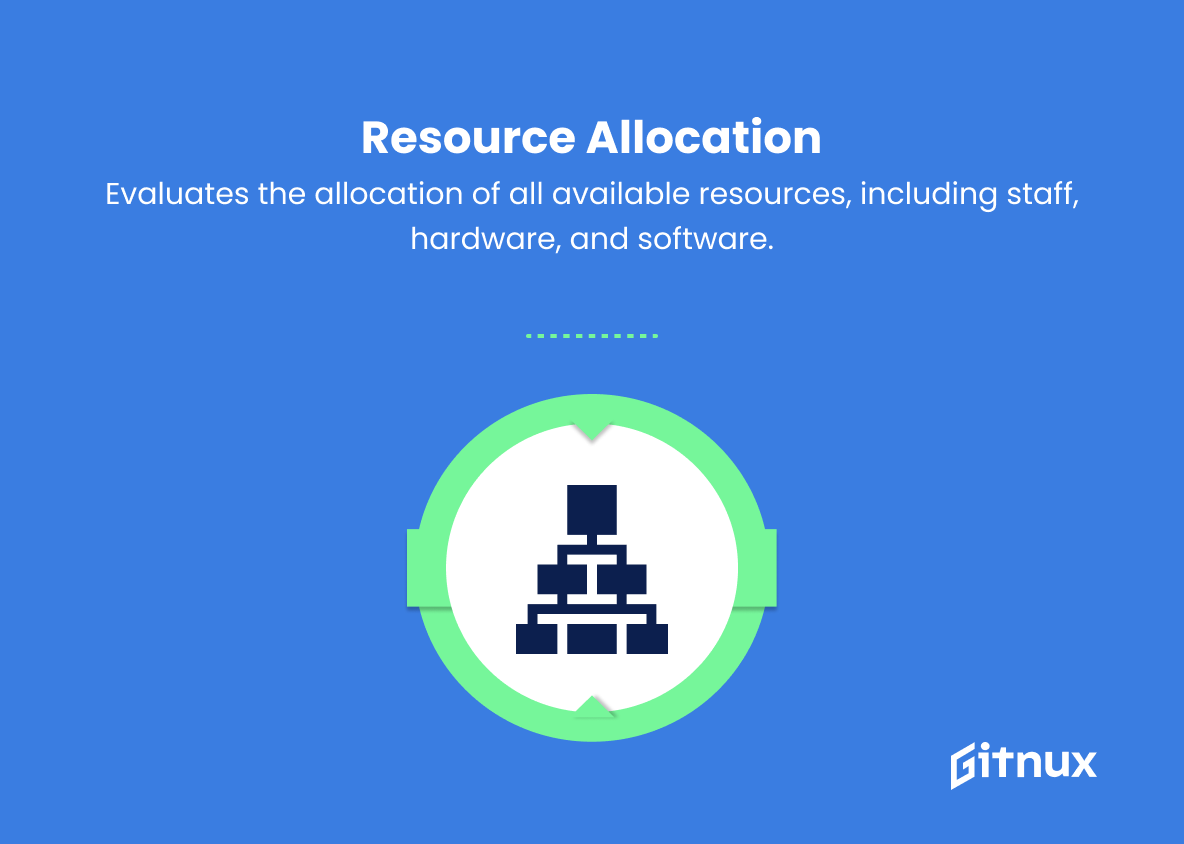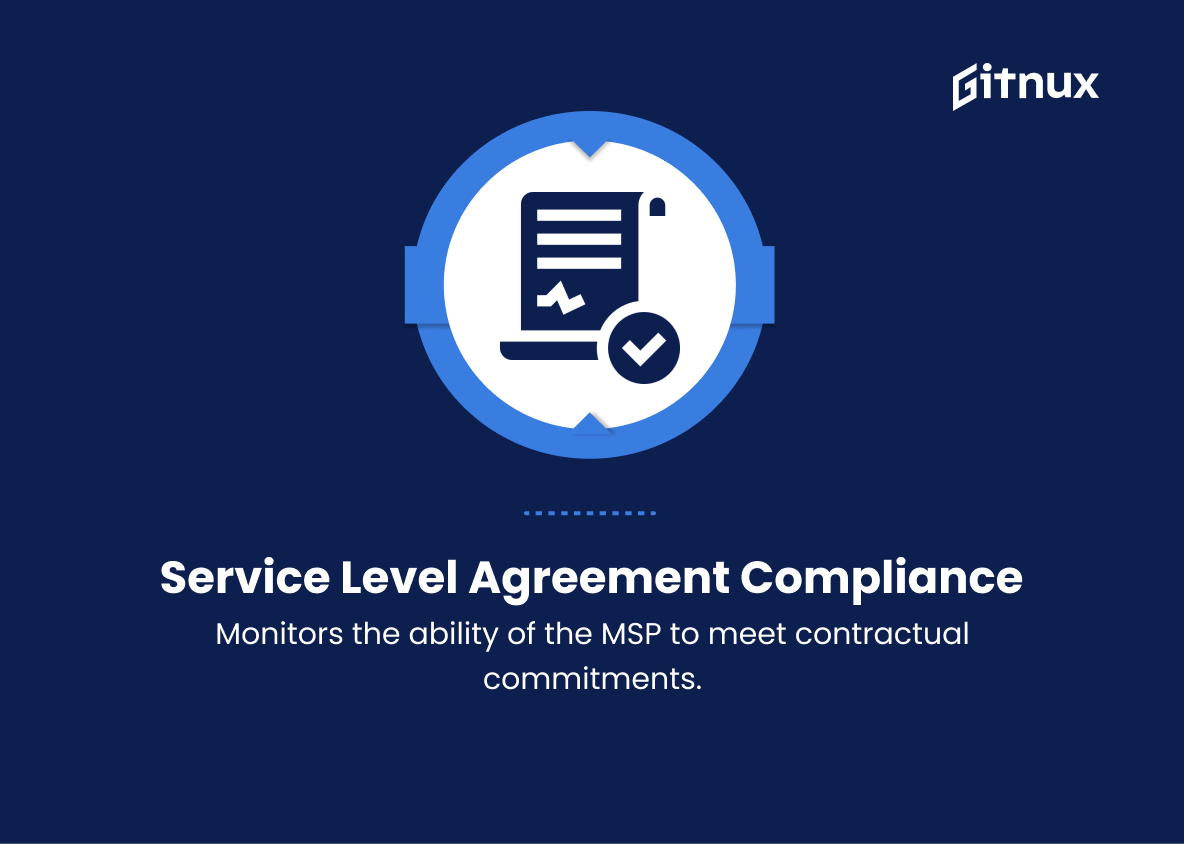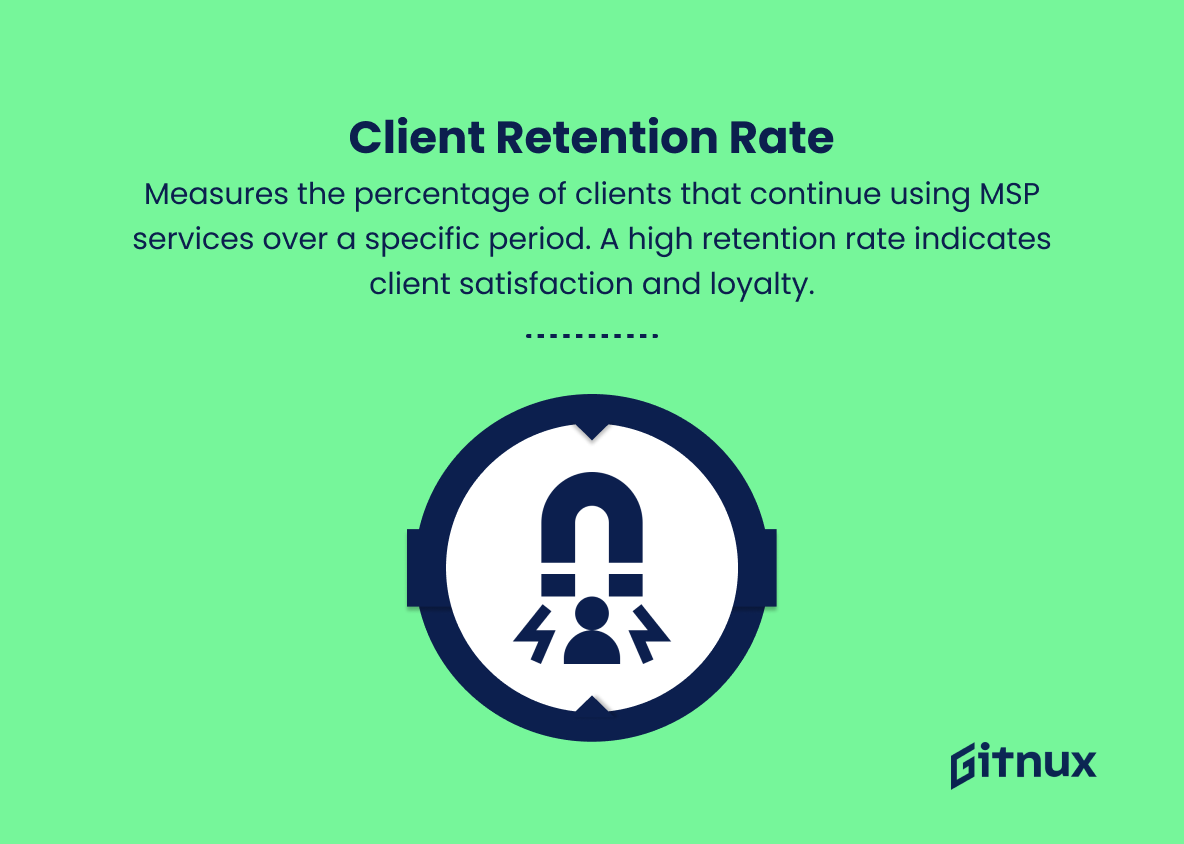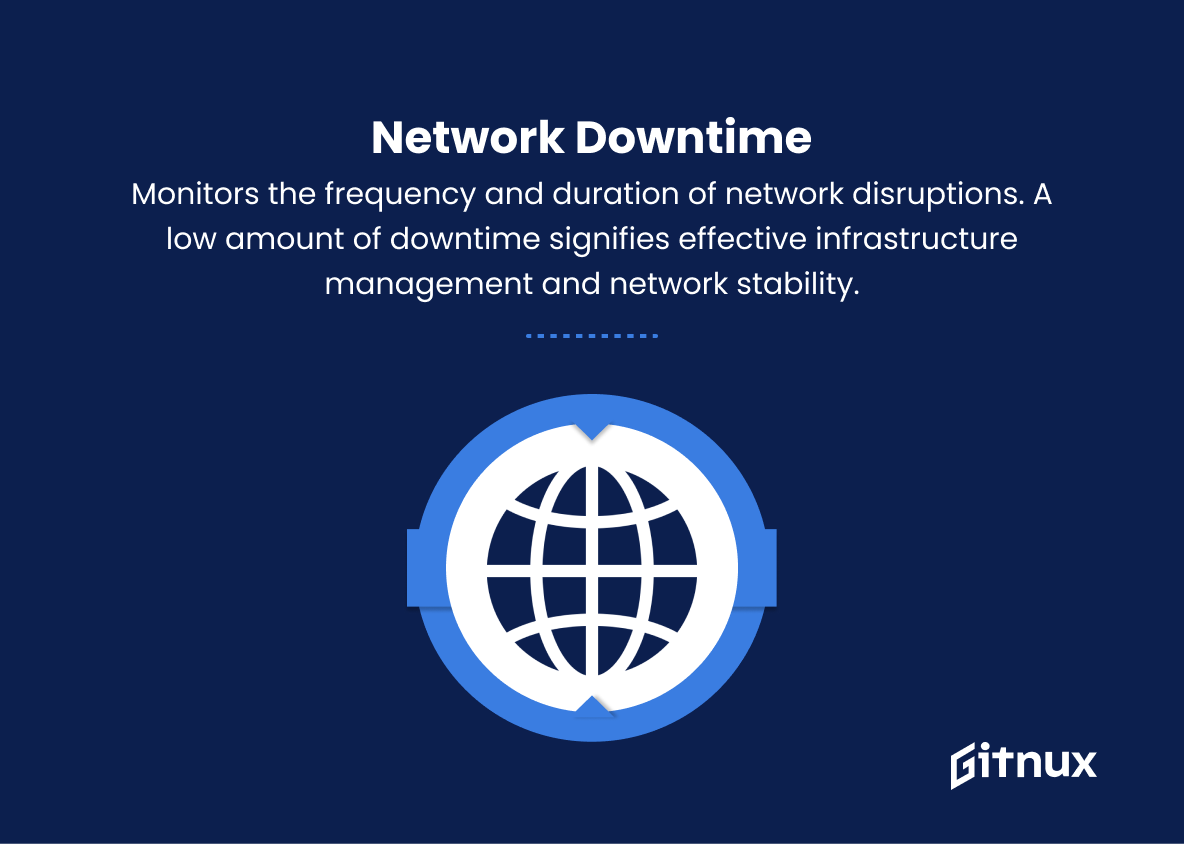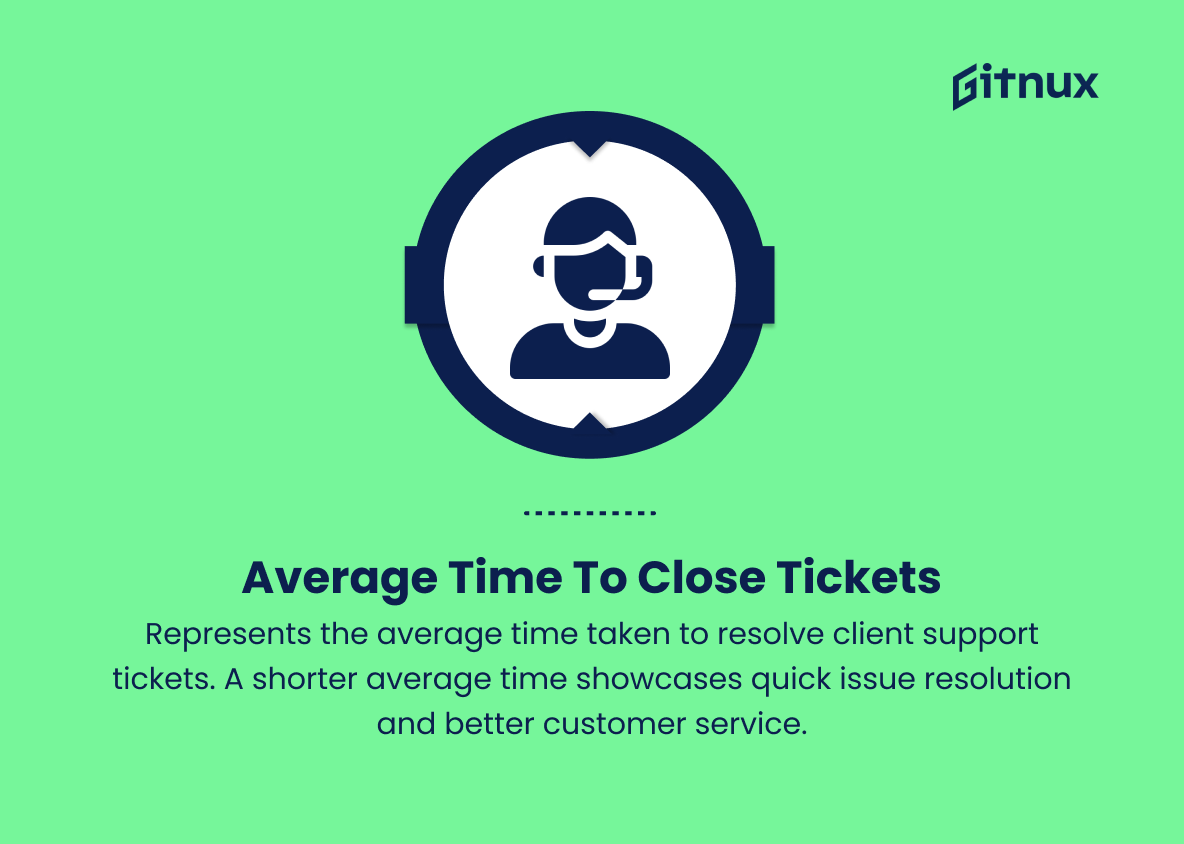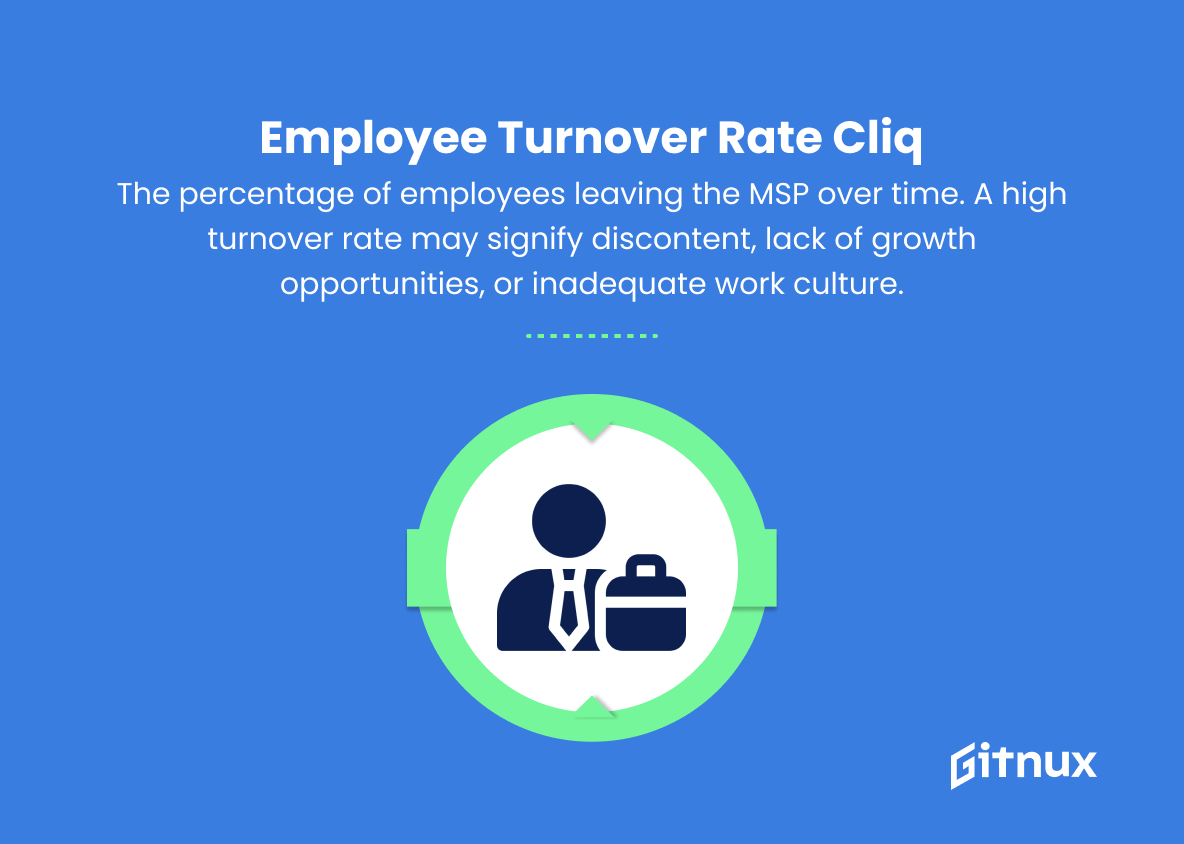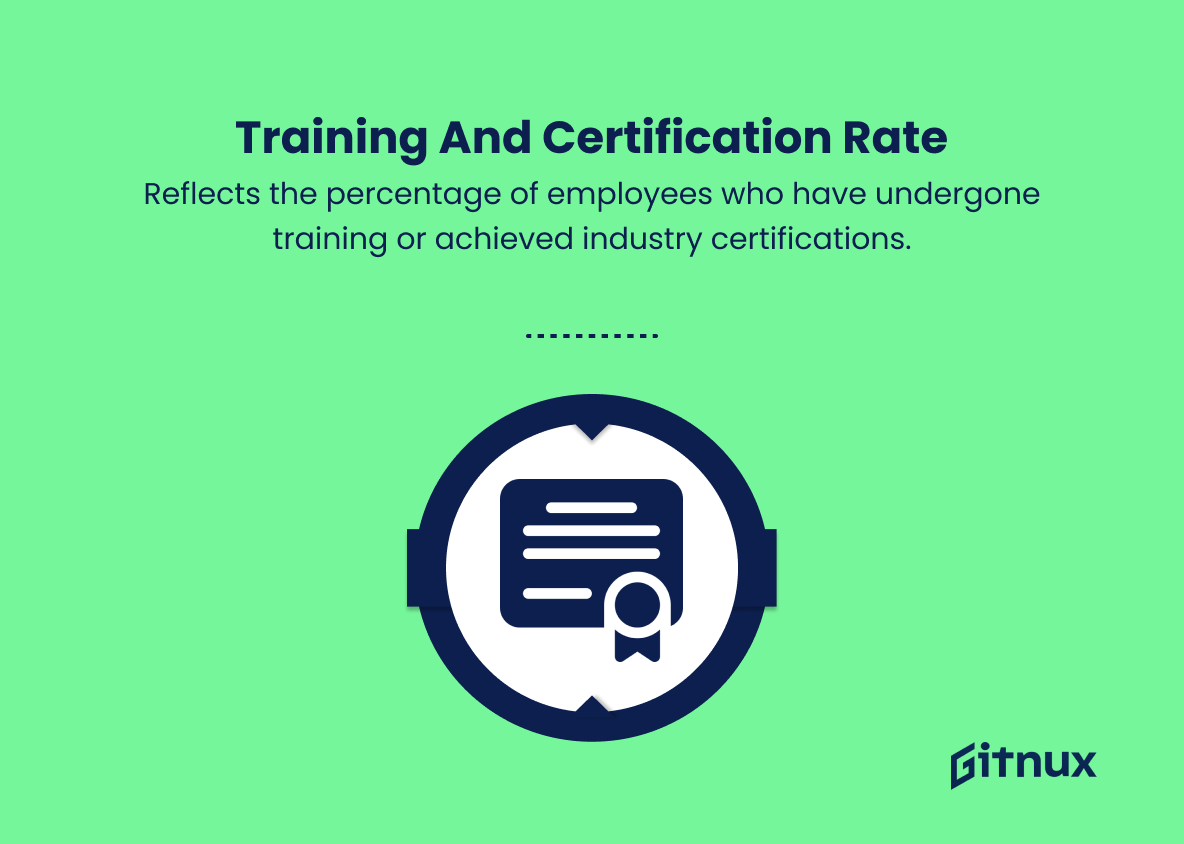In today’s rapidly evolving business landscape, it’s crucial for Managed Service Providers (MSPs) to not only adapt but also thrive amidst the increasing demands of their clients. To help ensure success, MSPs must focus on measuring their performance and identifying areas for growth and improvement. Enter the world of MSP KPIs – key performance indicators that serve as a vital tool for assessing the efficiency, productivity, and profitability of an MSP business.
In this in-depth blog post, we will explore the importance of KPIs for MSPs, discuss the most critical KPIs that every MSP should track, and provide valuable insights on how to utilize them effectively for making informed decisions and driving growth. So, grab your favorite cup of coffee and join us on this enlightening journey to unlocking the power of KPIs for your MSP business.
MSP KPIs You Should Know
1. Billable Utilization Rate
This KPI measures the percentage of billable hours (hours worked on client projects) compared to non-billable hours (e.g., administrative tasks). A high rate indicates efficiency in focusing on revenue-generating activities.
2. Project Profit Margin
Calculates the profitability of each project by considering the revenue earned and subtracting the project costs. A high project profit margin indicates that resources are being allocated effectively.
3. Client Satisfaction Score
Evaluates client satisfaction through surveys, feedback forms, or interviews. A high score indicates the successful delivery of MSP services, while lower scores suggest improvements are necessary.
In today’s rapidly evolving business landscape, it’s crucial for Managed Service Providers (MSPs) to not only adapt but also thrive amidst the increasing demands of their clients.4. First Response Time
Measures the time it takes to provide initial support to a client after receiving a request or issue. A short first response time indicates a more efficient MSP in addressing client needs.
5. Resolution Time
The time it takes to resolve a client issue. A short resolution time demonstrates a more efficient and effective MSP in managing and resolving issues.
6. Resource Allocation
Evaluates the allocation of all available resources, including staff, hardware, and software. Ensuring resources are allocated effectively can improve overall outcomes and reduce wasted resources.
7. Service Level Agreement (SLA) Compliance
Monitors the ability of the MSP to meet contractual commitments. High SLA compliance rates reflect the reliability and efficiency of the MSP and can lead to increased client trust and satisfaction.
To help ensure success, MSPs must focus on measuring their performance and identifying areas for growth and improvement.8. Client Retention Rate
Measures the percentage of clients that continue using MSP services over a specific period. A high retention rate indicates client satisfaction and loyalty.
9. Revenue Growth Rate
Tracks financial growth, indicating the success of the MSP’s sales and marketing efforts.
10. Network Downtime
Monitors the frequency and duration of network disruptions. A low amount of downtime signifies effective infrastructure management and network stability.
11. Average Time to Close Tickets
Represents the average time taken to resolve client support tickets. A shorter average time showcases quick issue resolution and better customer service.
12. Employee Turnover Rate
The percentage of employees leaving the MSP over time. A high turnover rate may signify discontent, lack of growth opportunities, or inadequate work culture.
13. Return on Investment (ROI)
Calculates the benefit or return from investments, such as new software or equipment, compared to the investment cost. A high ROI shows the success of these investments in driving business growth and profitability.
14. Training and Certification Rate
Reflects the percentage of employees who have undergone training or achieved industry certifications. A higher rate indicates the MSP’s commitment to employee skill development, which can lead to improved service quality.
15. Revenue per Employee
Measures the revenue generated for every employee in the MSP. A higher revenue per employee indicates higher efficiency in resource utilization and individual productivity.
MSP KPIs Explained
Key Performance Indicators (KPIs) are vital for Managed Service Providers (MSPs) to gauge their performance and ensure they maintain competitive advantage. Billable utilization rate, for example, enables MSPs to determine their efficiency in allocating time towards revenue-generating activities. Project profit margin allows them to understand the effectiveness of resource distribution, while client satisfaction score highlights areas for service improvement.
The first response and resolution times are crucial for assessing a provider’s ability to address client needs promptly. Resource allocation is crucial for reducing wasted resources and improving outcomes, while service level agreement (SLA) compliance can enhance reliability and client trust. Client retention rate, revenue growth rate, and network downtime are essential indicators of client satisfaction and loyalty, financial growth, and infrastructure stability. Average time to close tickets and employee turnover rate can help identify customer service effectiveness and possible internal issues.
Return on investment (ROI) shows the MSP’s potential for business growth, whereas the training and certification rate represent the provider’s commitment to employee skill development. Finally, revenue per employee demonstrates how efficient MSPs are in utilizing their resources and maximizing individual productivity.
Conclusion
In summary, MSP KPIs play a critical role in evaluating and measuring the success of a Managed Service Provider. By implementing such vital performance indicators, MSPs can gain insights into their business operations, customer satisfaction, financial performance, and overall growth. These KPIs ultimately guide an MSP in making well-informed decisions while allowing them to stay up-to-date on industry trends and best practices.
As the IT landscape continues to evolve, tracking and embracing these KPIs will ensure long-term success and continuous improvement. So, for any MSP serious about maintaining a competitive edge, the importance of consistently monitoring and reviewing their KPIs cannot be overstated.
